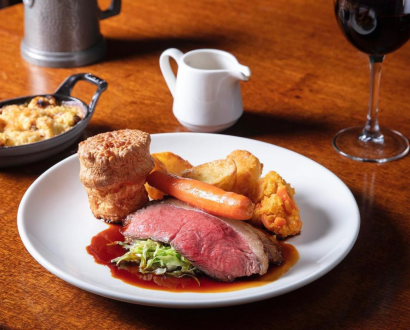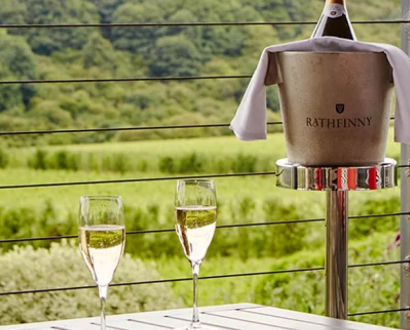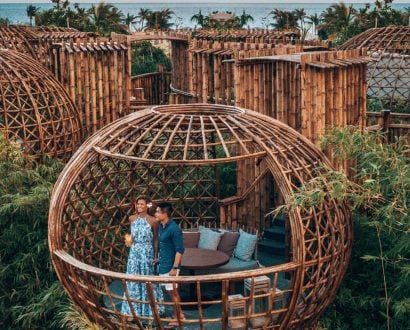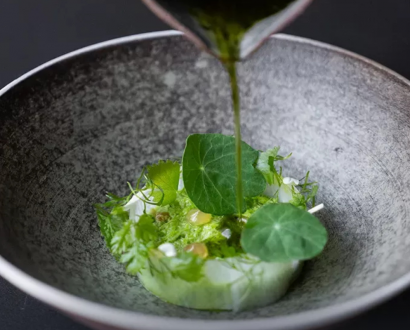While it may sound glamorous preparing meals for rich and important people on fancy yachts and grand villas, Clancy Atkinson would beg to differ. The CEO Magazine asks him about his daily routine and what really goes on behind the scenes in the life of an in-demand private chef.
What do you do to prepare yourself for the day ahead?
When it comes to my work, particularly if I’m travelling with a client or I’m on a charter or a superyacht, I just need to get organised really early. So I like to put on my headphones, play a little bit of music, get in the kitchen really early, set everything up. I find it’s almost therapeutic to know that, for me, if you start off a few paces ahead heading into a day it just helps out.
What does a typical day in the life of a private chef entail?
Obviously, the client will want breakfast, so you’re up at 6am preparing for breakfast. Then once breakfast is finished you are out provisioning, shopping for stuff for lunch.
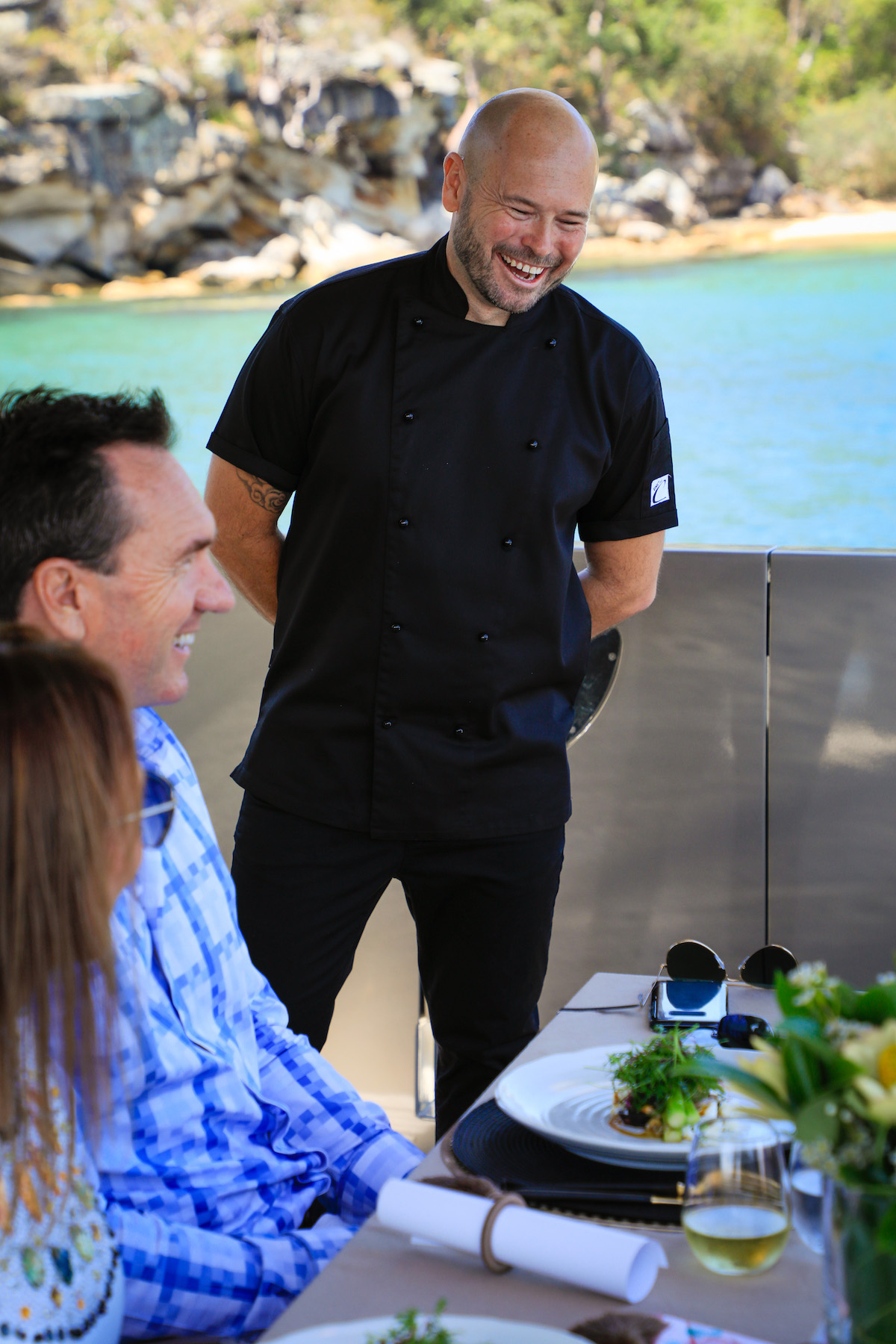
You’re running around to buy the fish from one place, then there might be good tomatoes at another store. You’re running around just trying to get the best produce possible.
Then you go the villa or the superyacht and cook lunch. Once lunch is over, you’re preparing dinner, so it just leads on throughout the day and before you know it, the day’s over at 10 or 11 o’clock at night. You’re basically servicing the client 24/7.
What I do with my service is that I just make it clear that if they want something at 2 o’clock in the morning, I’m there for them.
I assume you don’t source all this food from Woolworths or Coles.
No, it depends on the client and a lot of them are now after organic produce, so it’s a matter of going to organic supermarkets. Also, when I’m in Sydney, Australia I have a great relationship with seafood and meat suppliers.
What I find is my clients are not interested in the really exotic ingredients like caviar and things like that. Those days are over. They’re more interested in knowing that what they’re putting in their body is healthy.
My clients are not interested in the really exotic ingredients like caviar and things like that. Those days are over. They’re more interested in knowing that what they’re putting in their body is healthy.
How do you keep coming up with ideas on what to cook to keep it varied? Is it mainly through catering to client wants, or do you sometimes have to be a bit creative?
It’s a combination of both. I was recently on a 10-day charter on the superyacht, Ghost II. The clients were on there for breakfast, lunch and dinner and how we came up with the menus was through constant communication with the primary charterer and her family.
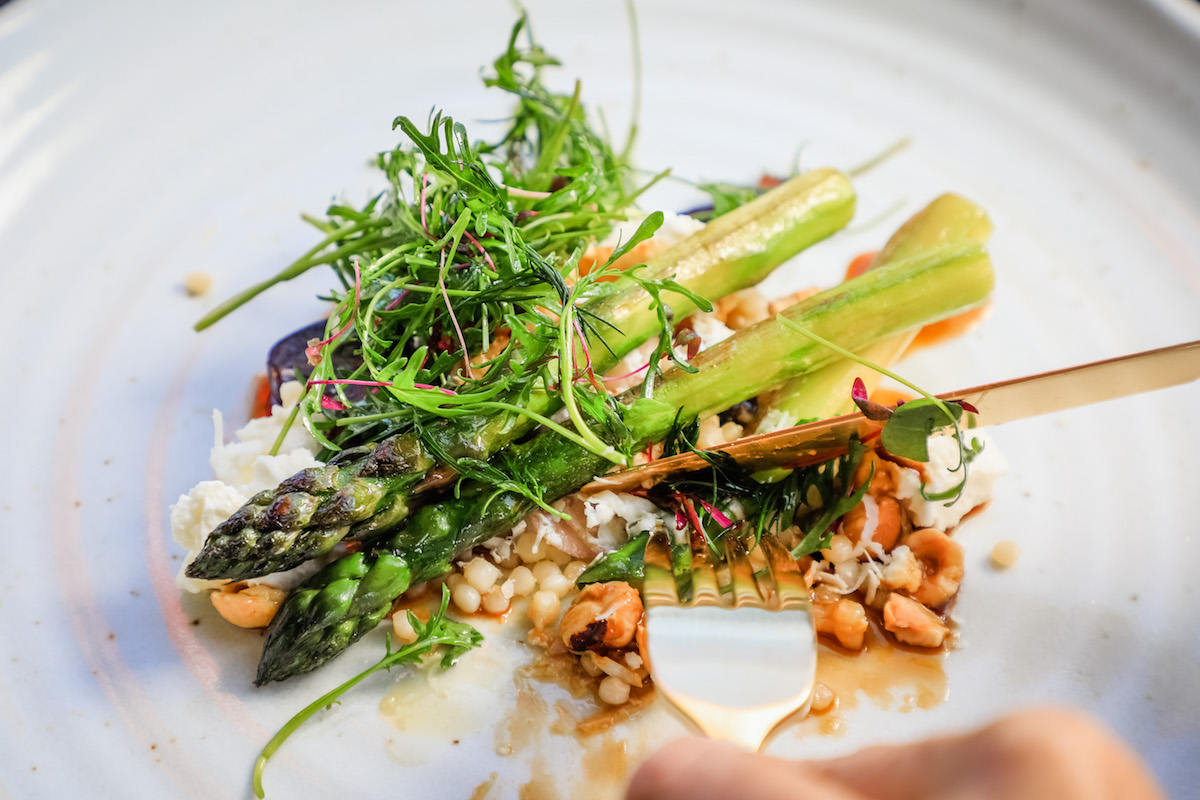
So every day it was a little debrief, “Oh Clancy, today we really want scampi”, or, “Today we really want veal cutlets”, or, “Today …”, and then simply catering to their tastes. If you can communicate with the client and just get a general feel of what they want then, yeah, it’s pretty easy.
What sort of cuisine do you tend to gravitate towards in terms of cooking for clients?
I really love Thai and Japanese flavours and cuisines. But being a private chef, what I’ve learned is that you have to be very adaptable.
So for instance, on that chartered yacht, the client wanted this particular zucchini pasta dish she had in Capri, Italy. So I had to Google the recipe, look at how it was made, research it, and then produce it to their expectations. Sometimes, there are a few challenges because I’ve never made anything like that and I was like, “Oh well, okay”. It turned out all right in the end.
We step on board the floating luxury apartment block The World, which circumnavigates the globe every two years, to see what it’s like.


